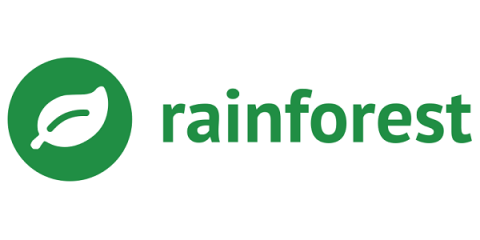Systems | Development | Analytics | API | Testing
Rainforest
Building reliable systems out of unreliable agents
Finally, QA doesn't have to suck
Watch now: Generative AI automatically heals tests in Rainforest
10 free test automation tools (and their hidden costs)
If you’re just getting started with software testing, or you’re looking to switch from manual testing to automation, the idea of a free test automation tool can be pretty appealing. Theoretically, a free tool means you can start producing automated test coverage with little or no financial risk. But that’s not how it shakes out in reality. Almost all “free” automated testing tools come with (sometimes substantial) hidden costs.
15+ automated testing tools for web applications in 2023
If you’re interested in automating the testing of your web application, there are three categories of tools to understand: The best automated testing solution for your web application will depend largely on the resources you have and the tradeoffs you’re willing to make. In this piece, I’m going to help you understand the strengths and shortcomings that come with each of these types of testing tools, as well as who they’re each best-suited for.
10 codeless test automation tools and what you should know
If you and your team are ready to transition from the slog of manual testing to faster automated tests, codeless test automation tools might hold a lot of appeal. Chances are, you don’t have and don’t want to hire (expensive) QA engineers to wrangle complex, open source testing solutions like Selenium. You want your front-end developers focused on shipping code, not getting mired in test suite maintenance in Cypress.
The top 9 tools for automated front-end testing in 2023
Front-end testing is a form of black box software testing in that it requires no behind-the-scenes understanding of how a software application works. It’s solely concerned with evaluating the user experience of an app. A front-end test is only effective if it tests both the functionality and visual appearance of an app, where “appearance” includes things like the layout of a page and the size, shape, color, and legibility of visual elements like buttons, form fields, and text.
The practical guide to QA strategy for startups
Whether you’re formulating your startup’s first QA strategy or you’ve realized your existing strategy is undermining your otherwise-agile methodologies, this post is for you. In this piece, we focus on the practical frameworks and practices that’ll help you lay a strong foundation for quality assurance in your org. Among other things, you’ll learn: Before we get into it: any strategy needs support to succeed.











